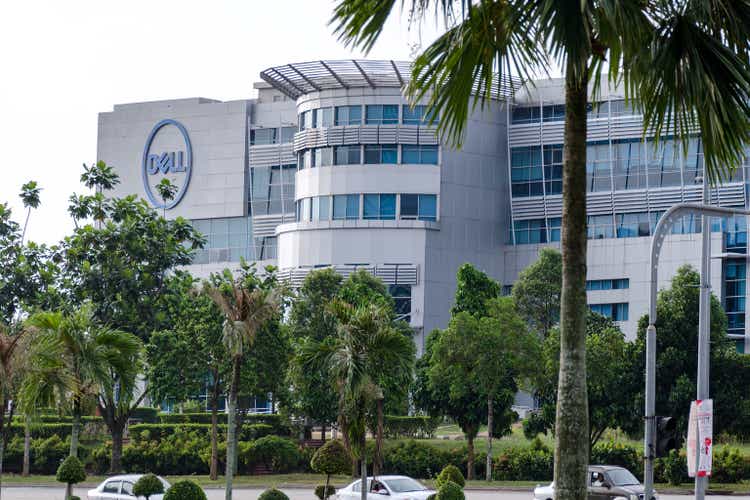
Lina Moiseienko
Nvidia’s (NASDAQ:NVDA) strength in the data center, where it generated the majority of its quarterly revenue, is a “positive” read-through for server makers like Dell (NYSE:DELL), Super Micro Computer (NASDAQ:SMCI) and HP Enterprise (NYSE:HPE), J.P. Morgan analysts said.
“Growth was highlighted across all customer types, including Cloud and Enterprise, with large Cloud customers accounting for ~45% of datacenter revenue in F2Q25 (vs. mid-40s in F1Q25, ‘more than half’ in F4Q24, and ‘half’ in F3Q24), while also noting expectations for sovereign AI revenue to reach low double-digit billions this year (vs. prior outlook of high-single-digit billions),” analyst Samik Chatterjee wrote in an investor note.
“Separately, Nvidia highlighted the importance and growing demand of liquid cooling, particularly relative to Grace Blackwell deployments, while also noting the importance of the supply chain of OEMs and ODM to take the Nvidia architecture and deploy it in a bespoke way for Cloud and Enterprise customers alike as it played down its appetite to integrate solutions for customers,” Chatterjee added.
Samples of Nvidia’s Blackwell line of GPUs are currently being shipped to partners, with the production ramp slated to occur in the fourth-quarter of fiscal 2025.
Nvidia’s results were also seen as a positive for component companies, such as Coherent (COHR), Fabrinet (FN) and Lumentum (LITE), Chatterjee said.
Negative implications?
While Nvidia’s data center results may be a positive for some companies, there may be negative implications for others, including Arista Networks (ANET) and Cisco (CSCO), Chatterjee said.
“On the flipside, read-through for the Datacenter Switch companies (e.g., Arista and Cisco) from a competitive standpoint continues to be cautious given Nvidia’s ongoing progress with the Spectrum-X portfolio; albeit, recent performance from Arista has shown the opportunity for multiple Ethernet vendors to drive robust revenue growth as a consequence of the large market opportunity,” Chatterjee explained.
